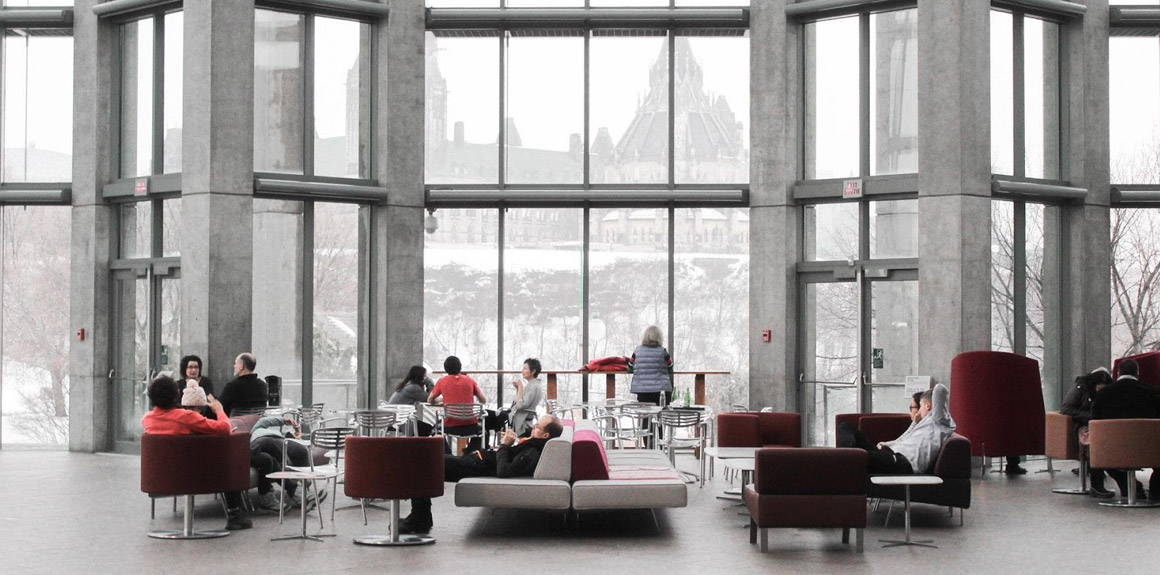As the idea of work and workspaces evolve, it is time to design offices according to people, rather than force-fitting employees into pre-designed workspaces that do not take their needs and wants into consideration.
Ergonomics, defined as the science of incorporating psychological and physiological elements into the design of products, places, and systems to fit the people working with them, allows improved productivity, health, mental insight, and lowers risks of injuries. The integration of ergonomics at workplaces is a critical feature ensuring the workers perform to their best abilities.

(In frame: Workspace at Max Estates)
The Relationship of Productivity and Workplace Designs
Top talent thrives in a structure that fosters creativity, unleashes potential, and doesn’t stifle progress. A well-designed workplace works as a catalyst for employee productivity and engagement. According to Capital One’s 2019 Work Environment Survey, 90% of office professionals said they perform their jobs better in well-designed workspaces.
Preference for well-designed workspaces is now emerging as an employee need across the globe. In the United Kingdom, a survey of 1,014 workers carried out by retailer Furniture123.co.uk showed more than half (53%) of job hunters would turn down a role if they did not like the company’s office or working environment. More than a third would be put off by a lack of natural light (38%), with a similar number deterred by outdated décor (41%). These have become even more critical factors for talent attraction and retention post COVID-19 pandemic.
The Human Work Experience
The human experience is not just about one factor or a single sense; it is all about the holistic experience. A comprehensive experience can ignite better employee productivity with a better scope of innovation and creativity. The vibrancy of the workplace has a significant role in improving the growth of companies.
The human body’s five senses – sight, sound, touch, taste, and smell, are the critical factors engaging professionals at work. Designing sensory workplaces powerfully impacts the employee.
Sight can be stimulated by adopting various color schemes strategically. Brighter colors like red, blue, or green are conducive to increased focus and accuracy. Choosing the right artwork and interiors to enhance the sense of sight leads to higher employee satisfaction and thus higher productivity. Accentuated further by natural light and green spaces, open areas help relieve stress and create a break from conventional office design, stimulating our senses. Both at Max House and Max Towers, Grade A+ office space by Max Estates Limited seamlessly weaves in open green spaces, artwork and optimum color schemes to ensure holistic well-being.

Sound and acoustics also play a vital role in determining the experience of a work environment. A peaceful environment with soft music playing or sounds of nature ensures there is no distraction to work done, by allowing our brains to connect with the harmony and enhance mindfulness. By choosing the correct music, one can also create a soothing environment that reduces tension and anxiety. At Max Towers, the 374-seater vibrant cafeteria ensures an excellent dining experience with soft music helping tenants take a break and relax as they enjoy their lunch or casual meet-up.

(In frame: The Cafe at Max Towers)
The sense of touch is associated with comfort. Hard materials like metals or plastics which used to be a conventional choice for office furniture do not exude warmth and vibrancy. The study of haptics, which discusses stimulation of human psychology using the sense of touch is now helping interior designers develop warm and inviting office spaces, that make the employee feel comfortable and relaxed.
Modern workplaces often provide an in-house caféteria to ensure employees have a dedicated space for their lunch, and for a social break amidst the workday. Catering to the sense of taste by providing delicious and nutritious food uplifts the mood of the employees, and raises energy levels. At the WorkWell suites in Max House, Okhla, careful attention is paid to employee health through a specially crafted water menu, that promotes consumption of water, and provides herb and fruit infused water to energize tenants in the day, clay pot water to aid the natural cooling process of the body, and copperware pot water to aid digestion.

(In frame: Cafeteria, WorkWell Suites)
A pleasant and carefully selected scent not only enhances the experience of employees and visitors, but may also denote freshness, attention to hygiene, and cleanliness. Brands can also choose to create a signature scent to help reduce the effect of transition between different branches and offices, and establish the scent as part of their identity.
According to a study by Jacqueline Vischer, the effect of workplace quality has an overall impact on productivity. Other than the consequences of stress or absenteeism, other illnesses like respiratory ailments, eye strains, body pains, or other pulmonary issues might arise, effectively causing low morale, low productivity, and higher attrition.
Max Estates has been spearheading a revolution in designing better workplaces with a collaborative design that fosters innovation and creativity. Their upcoming development Max Square integrates the elements of nature and nurture in the design, and ensures stimulation of the primary senses, elevating the experience of working to another level. With a unique 10,000 sq ft. central forest at the heart of the development, and amenities such as retail avenues, early learning centre, food court, gymnasium and more, Max Square is set to emerge as the future of work, that caters to the holistic wellbeing of its tenants.










